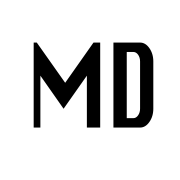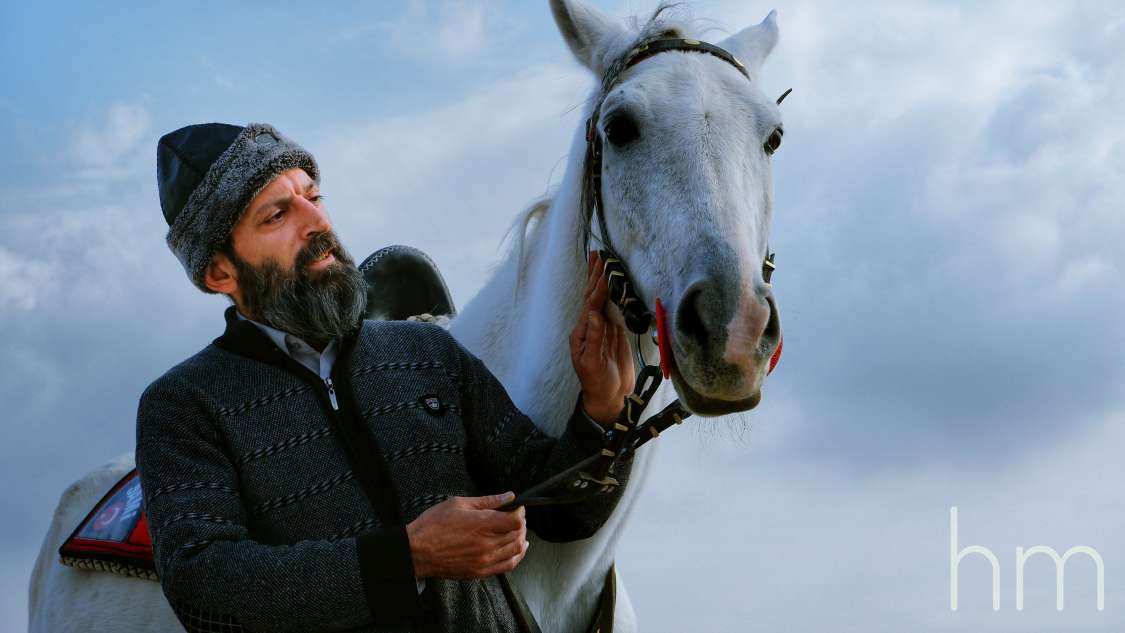From years of Mobile Photography to a mirrorless camera: Fujifilm X-T200
I have been taking shots since I got my iPhone SE, then iPhone 7 Plus till iPhone 8 Plus. It's a nice rich experience. I shot almost everything, landscapes, sunsets, birds, macrophotography, time-lapses videos and more.
I had my DSLR camera lying around for years (since 2012), I rarely use it because of the workflow that will force me to go through my computer and use photography programs to fix the photos. As I have tried that on several occasions I figured the workflow is not that simple or easy at all.
However, I kept taking shots during my hiking, fishing trips as well as my travels through the rural areas.
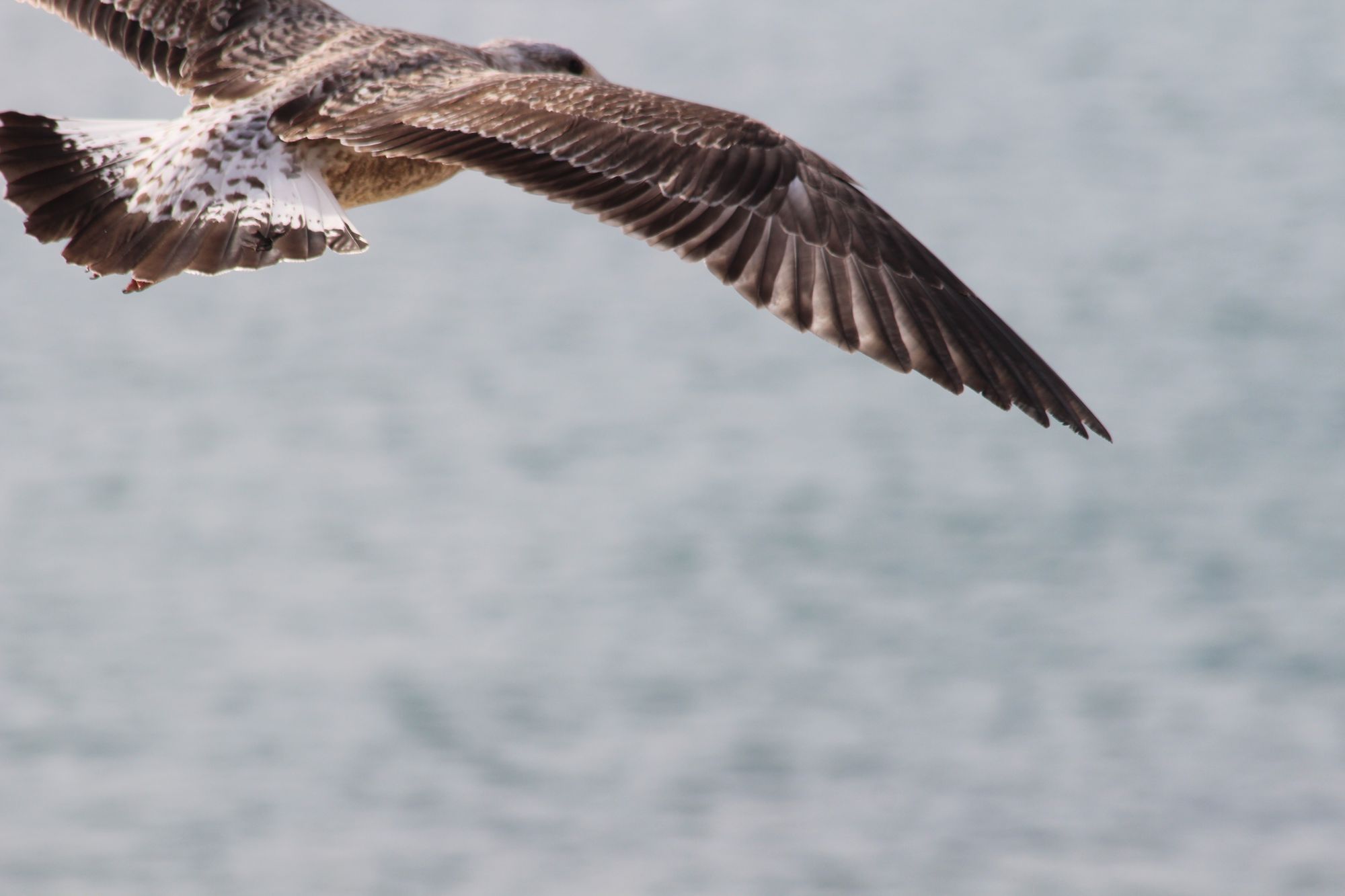
The best advantages of mobile photography that is does not require so much setup, you focus on one device only: your mobile. You take your mobile out of your pocket, point, make a little adjustment then shot.
Photo fixing and editing on mobile is pretty easy using Google's Snapseed app. Also, you don't have to worry about connectivity, publishing or sharing.
While using the DSLR camera you get several limitations starting from connectivity and setup, it was pretty rewarding experience even though it takes a bit of time.
I used to connect many mobiles to several lenses using Olloclip, Shiftcam, Moment and other glasses I used to scrap from old cameras as well as 3D-printed several cases for iPhone to hold my lenses, at the end it turned out I invested in mobile photography double the amount that costs a new camera.
So, I bought Fujifilm X-T200 that combines both digital concept with a real photography experience and feeling. However, it comes also with pros and cons which I will explore later in another article.
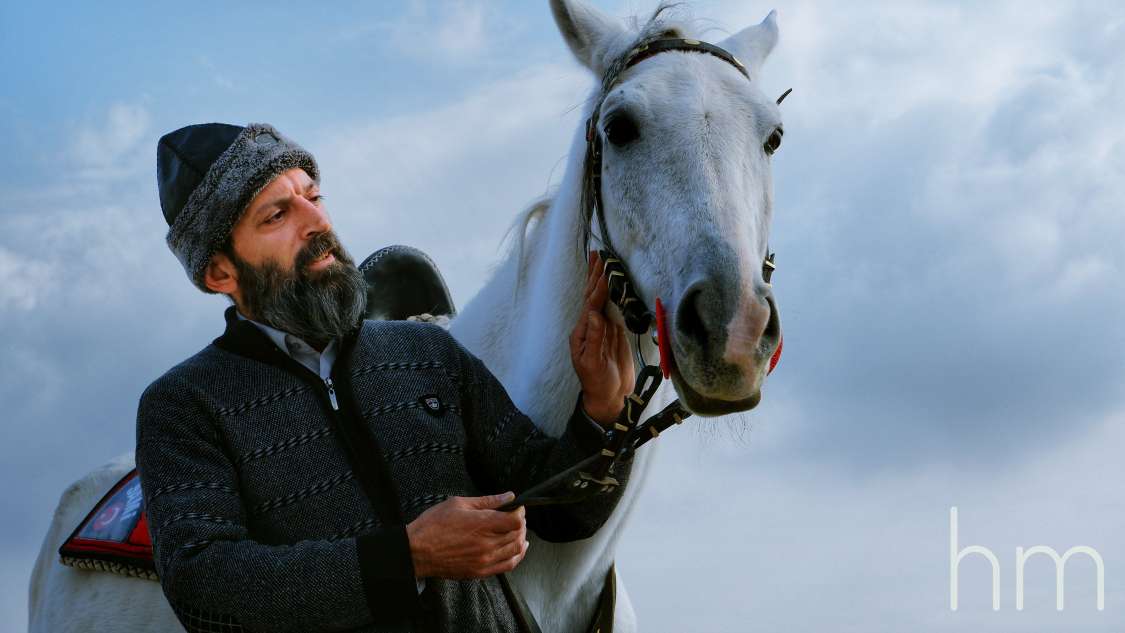
Here are some collected shots I shot with mobile. If you want to see the new results for the new Fujifilm Camera check the latest photos at my Instagram.
I managed also to submit some new photos I shot by Fujifilm at Shutterstock, you can have a look at them here




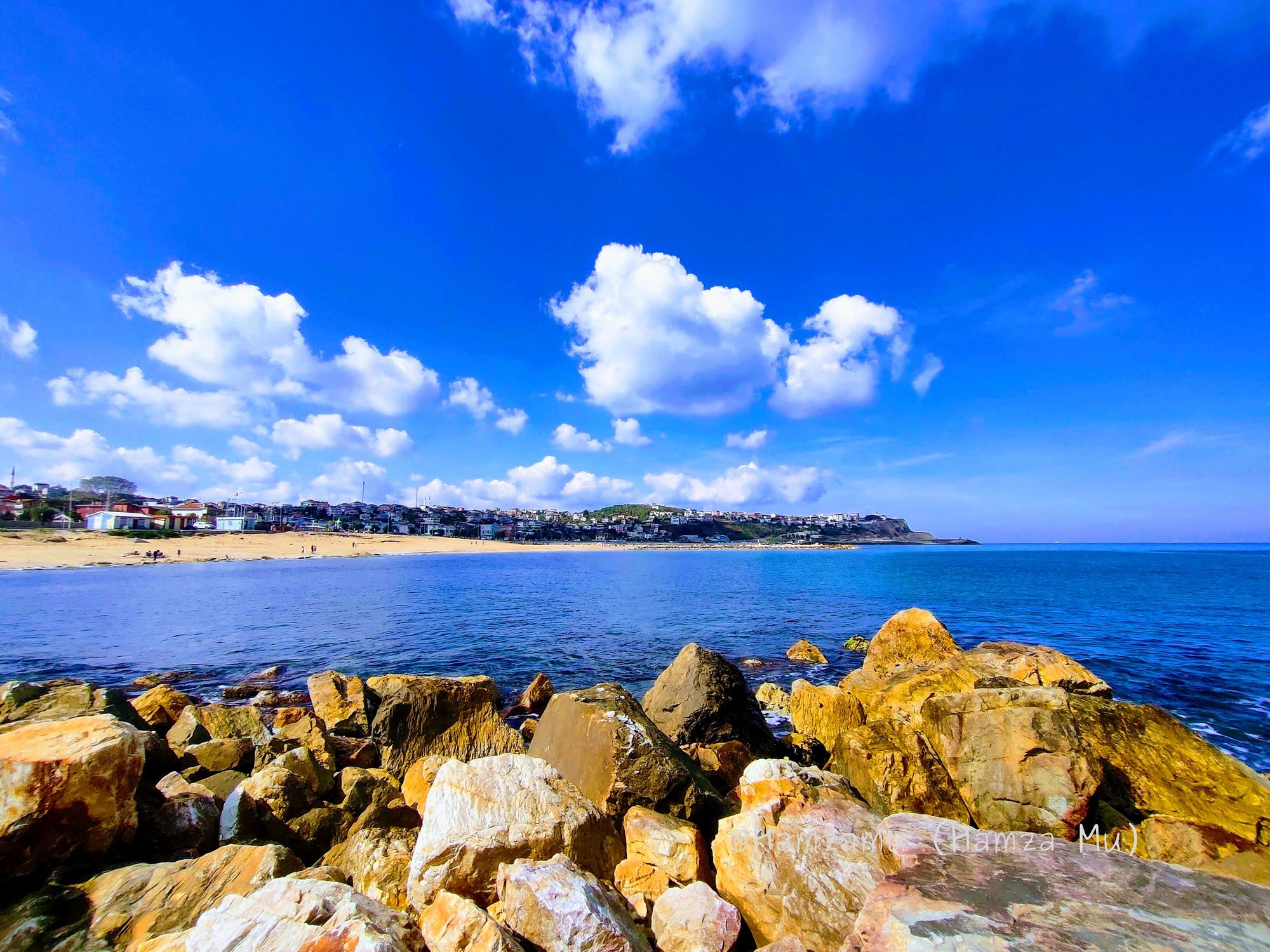
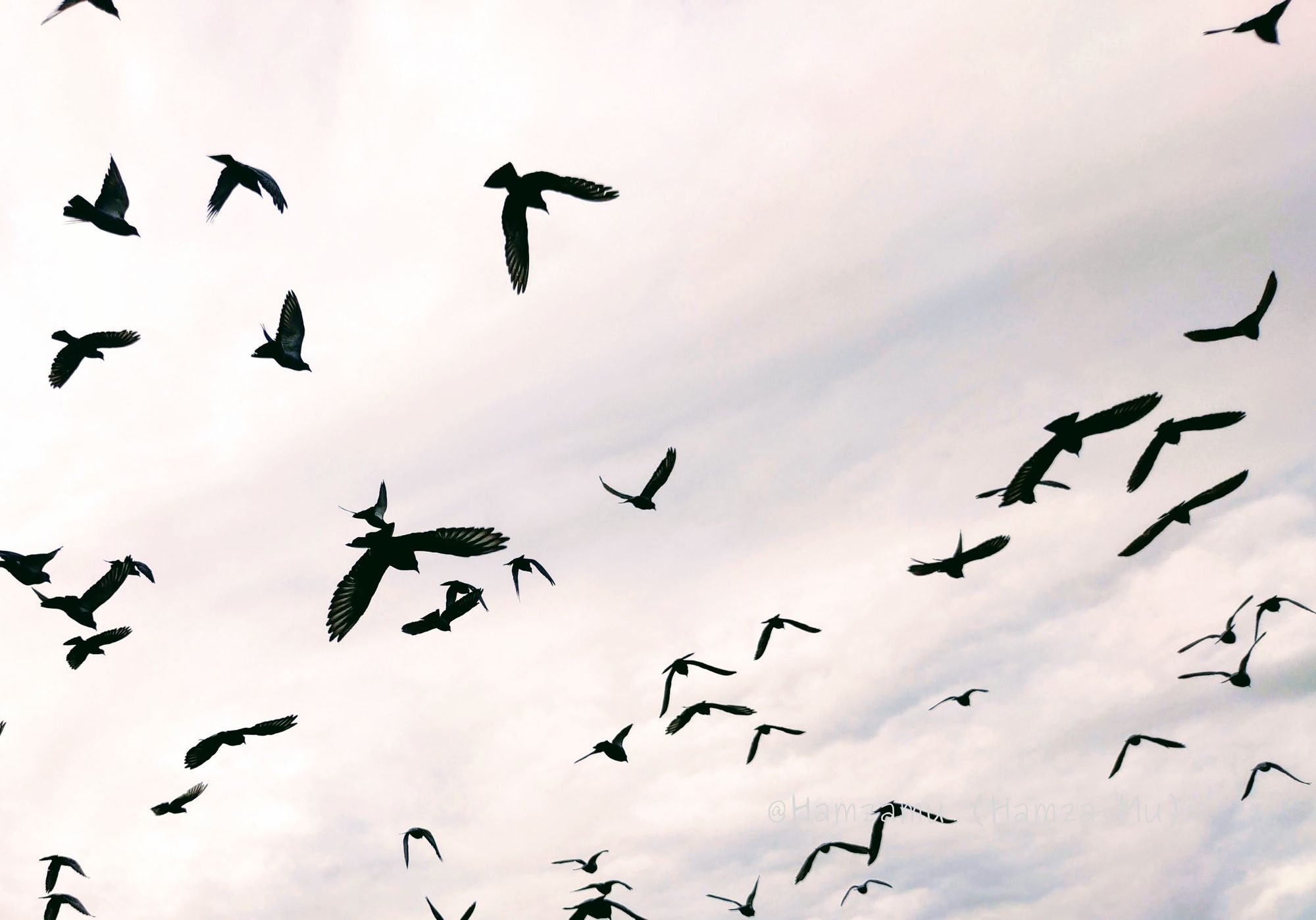
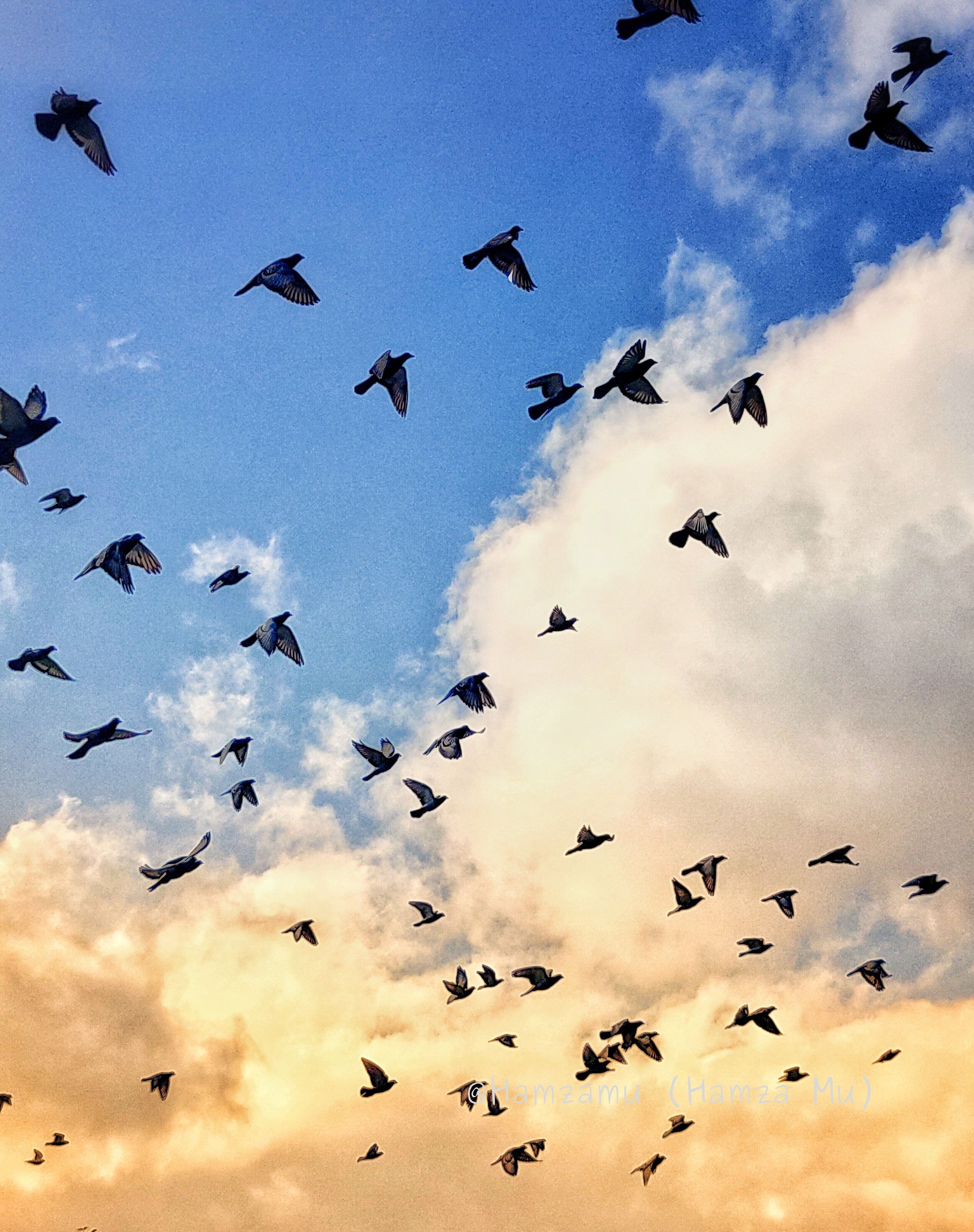
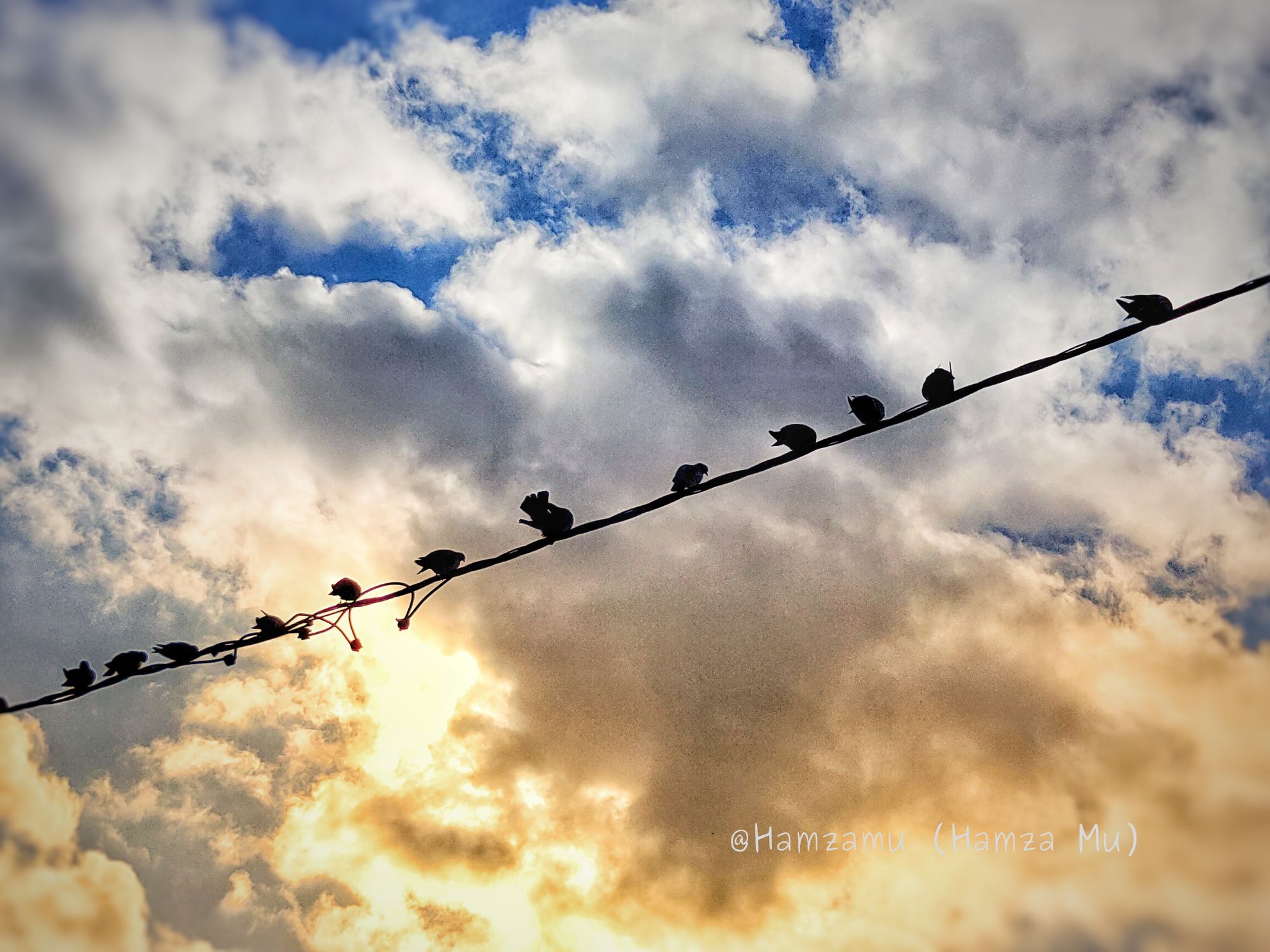
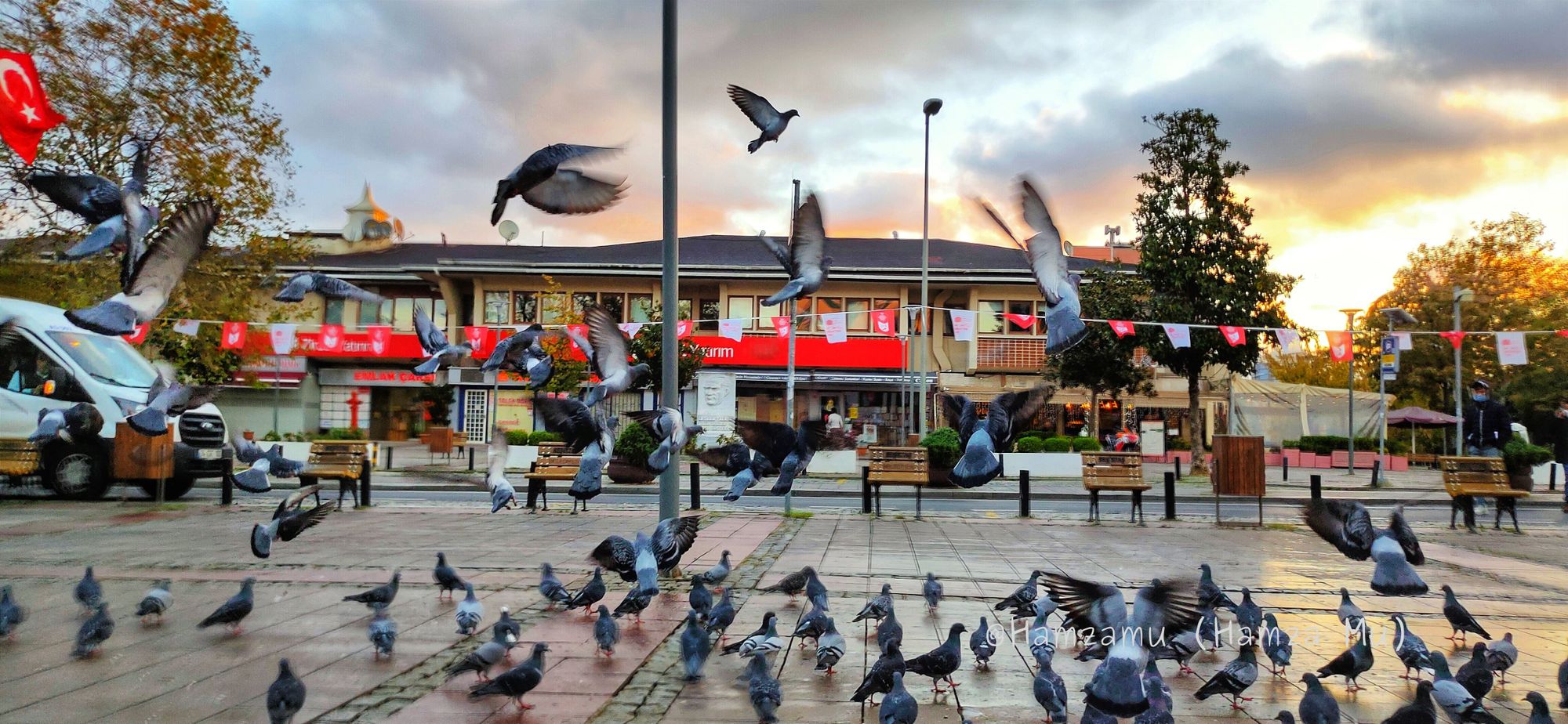
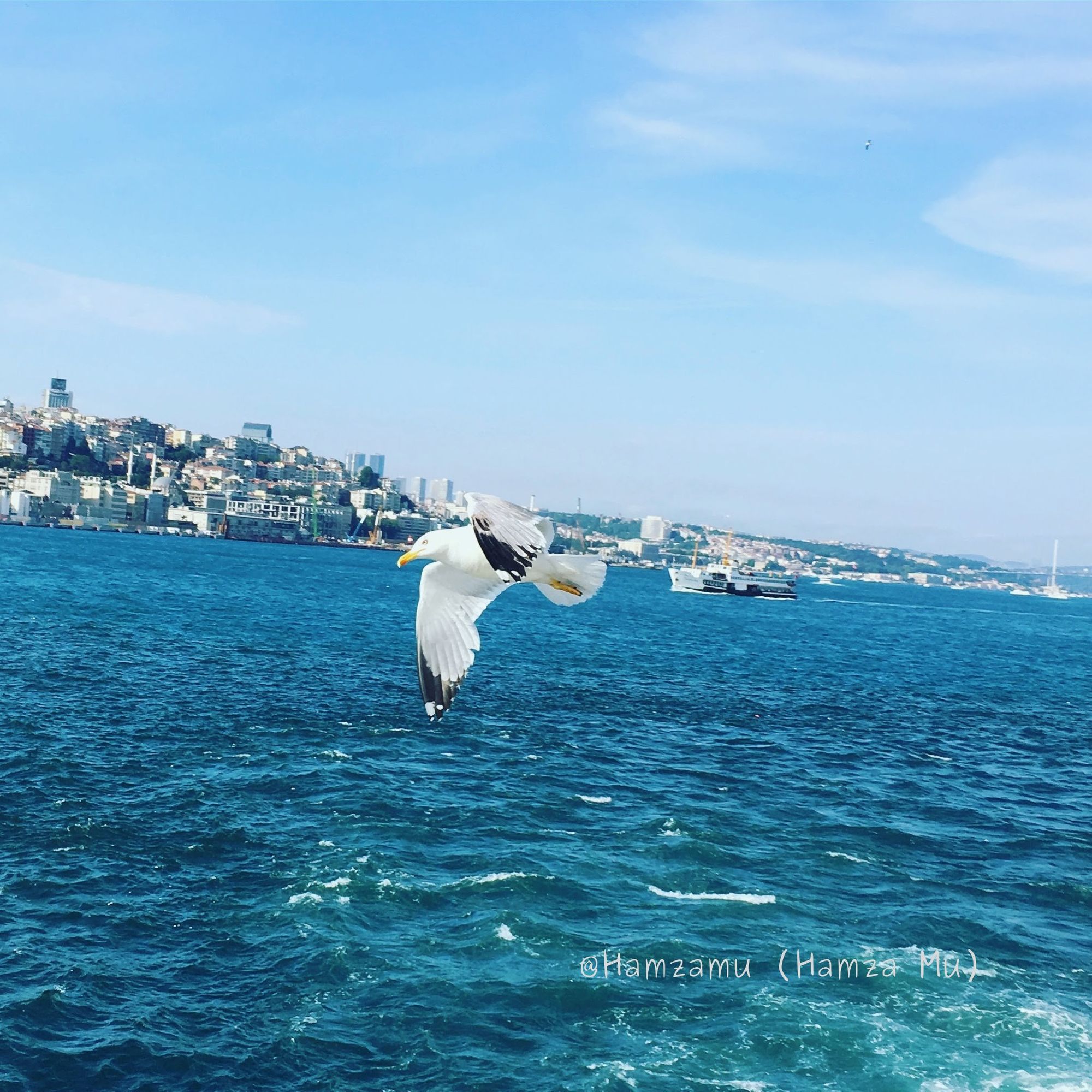
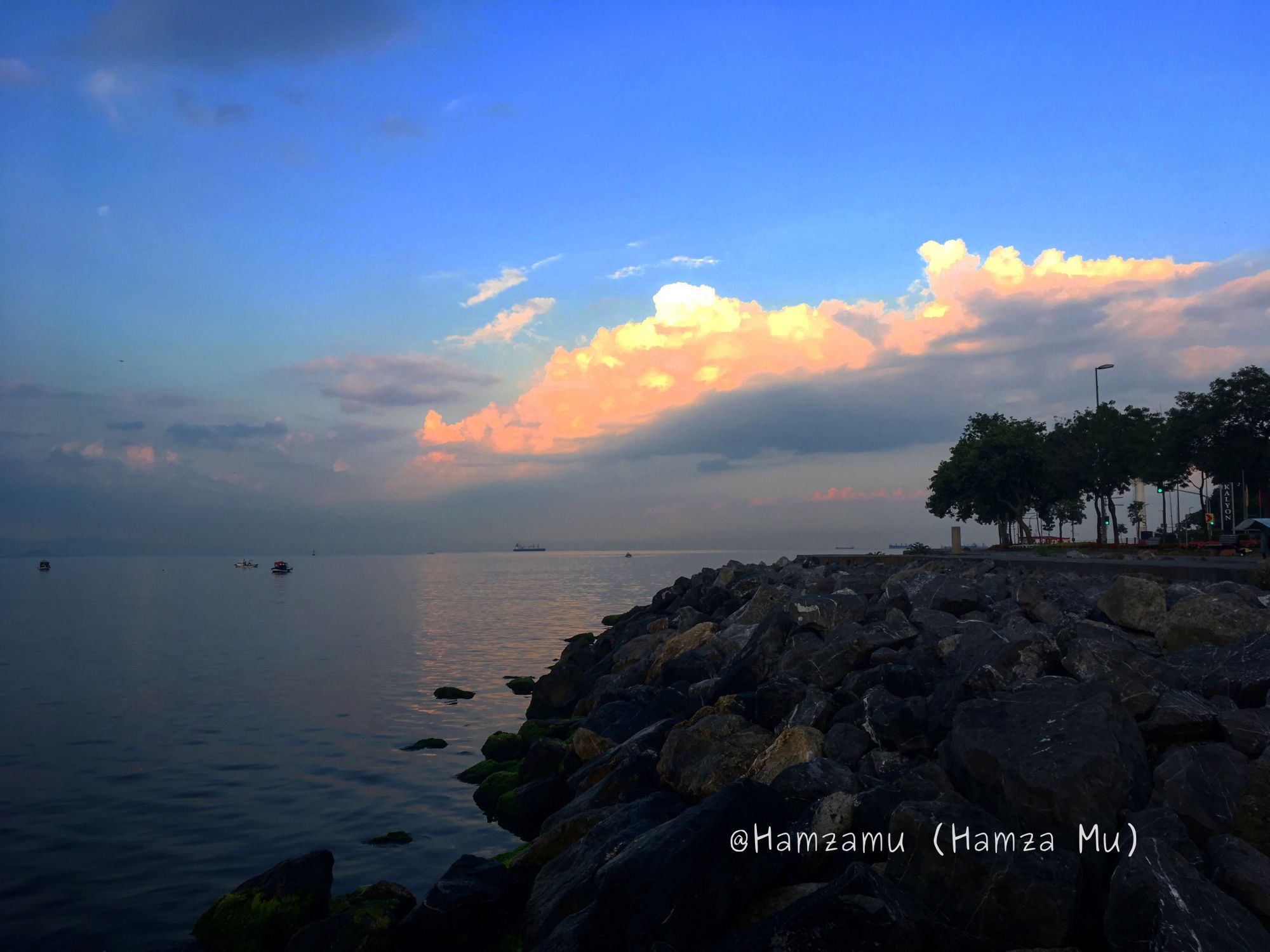

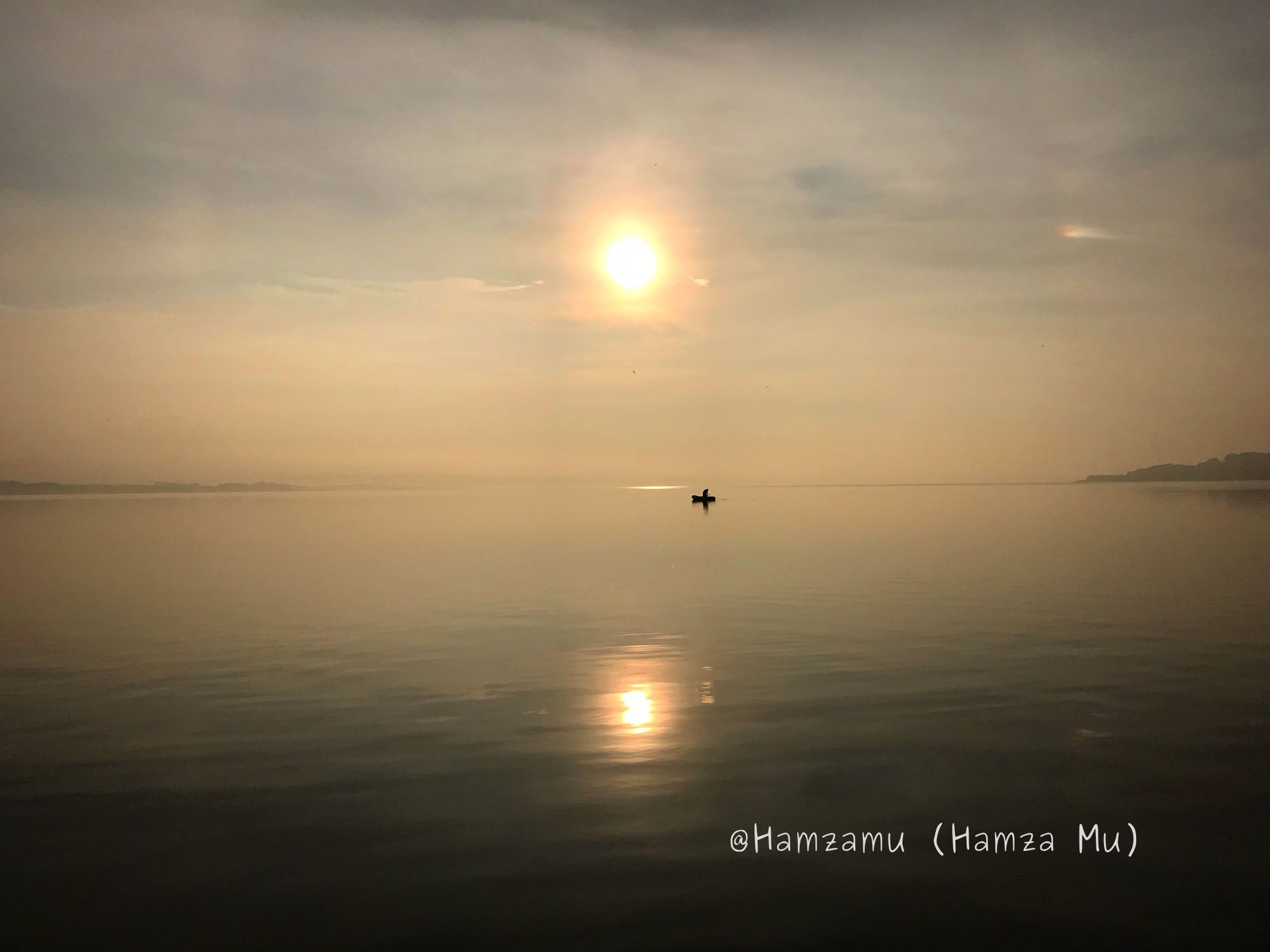
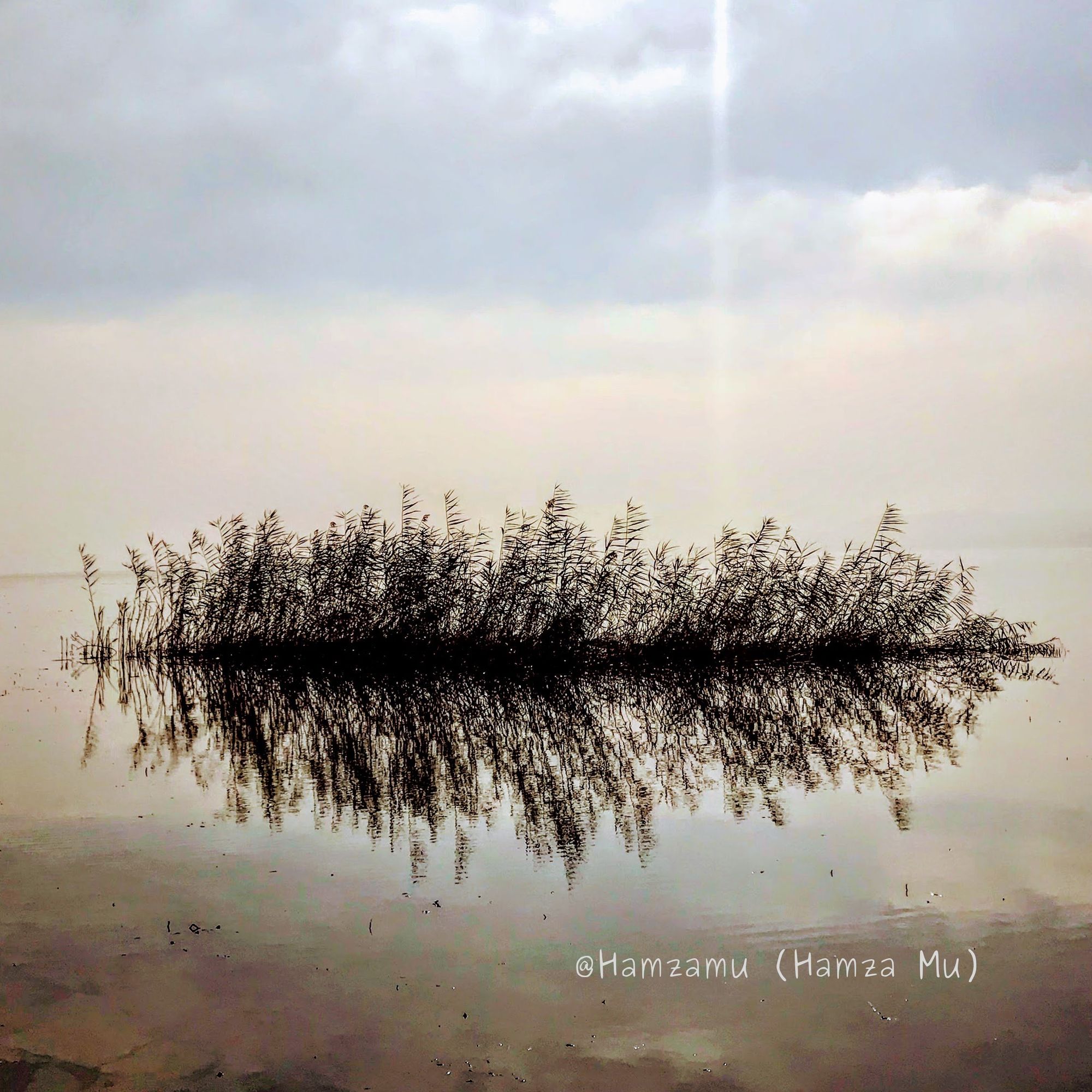

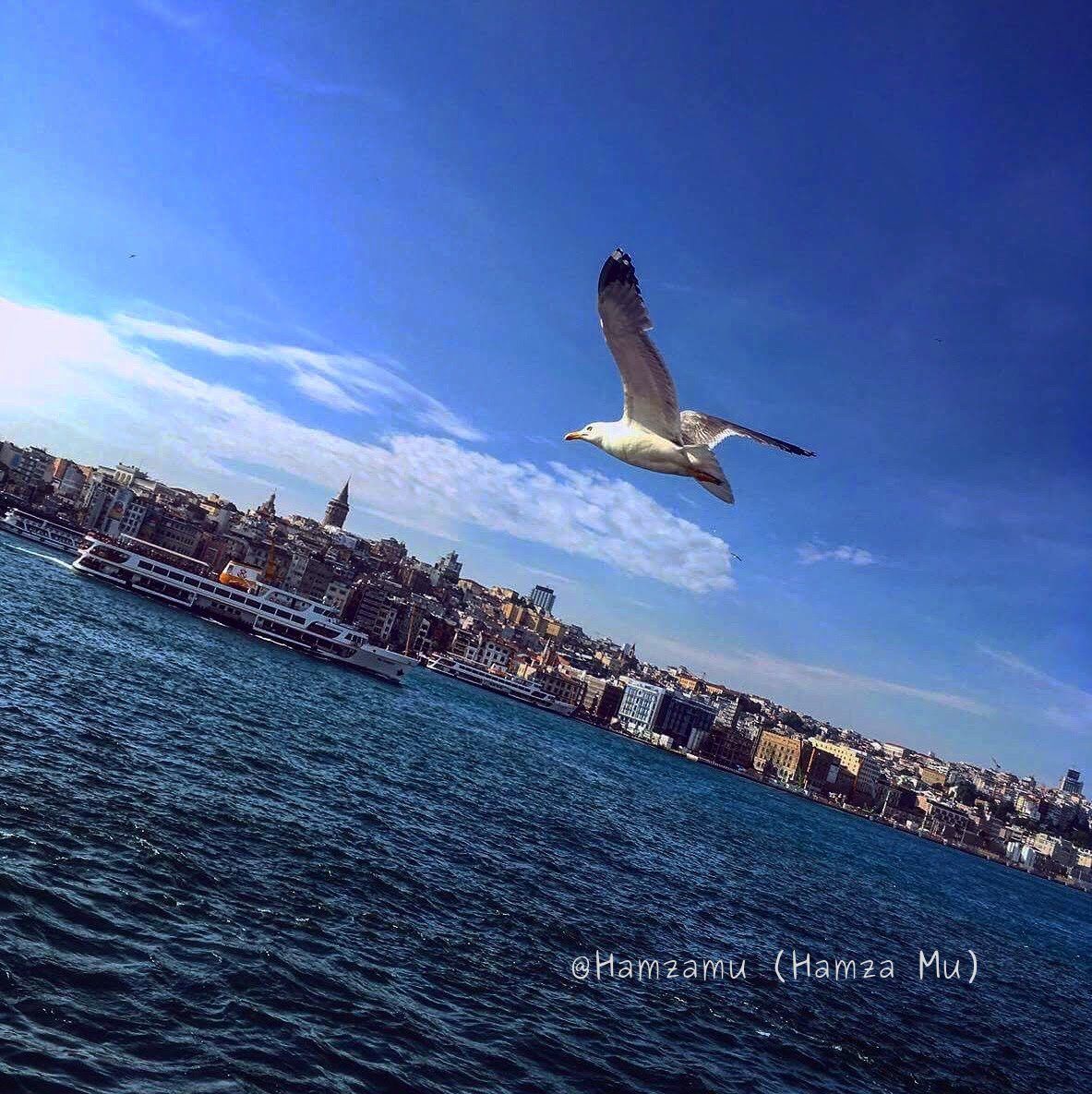
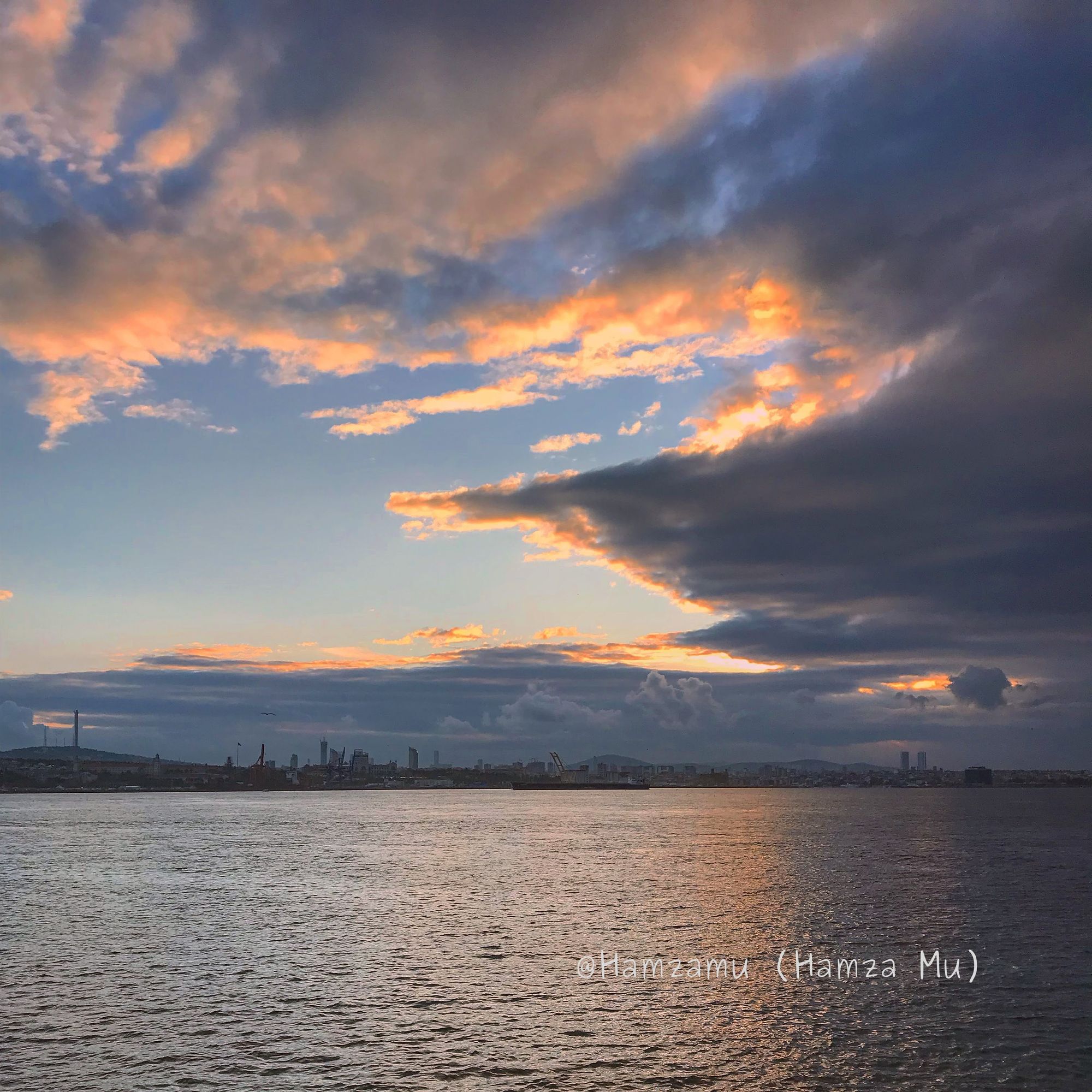
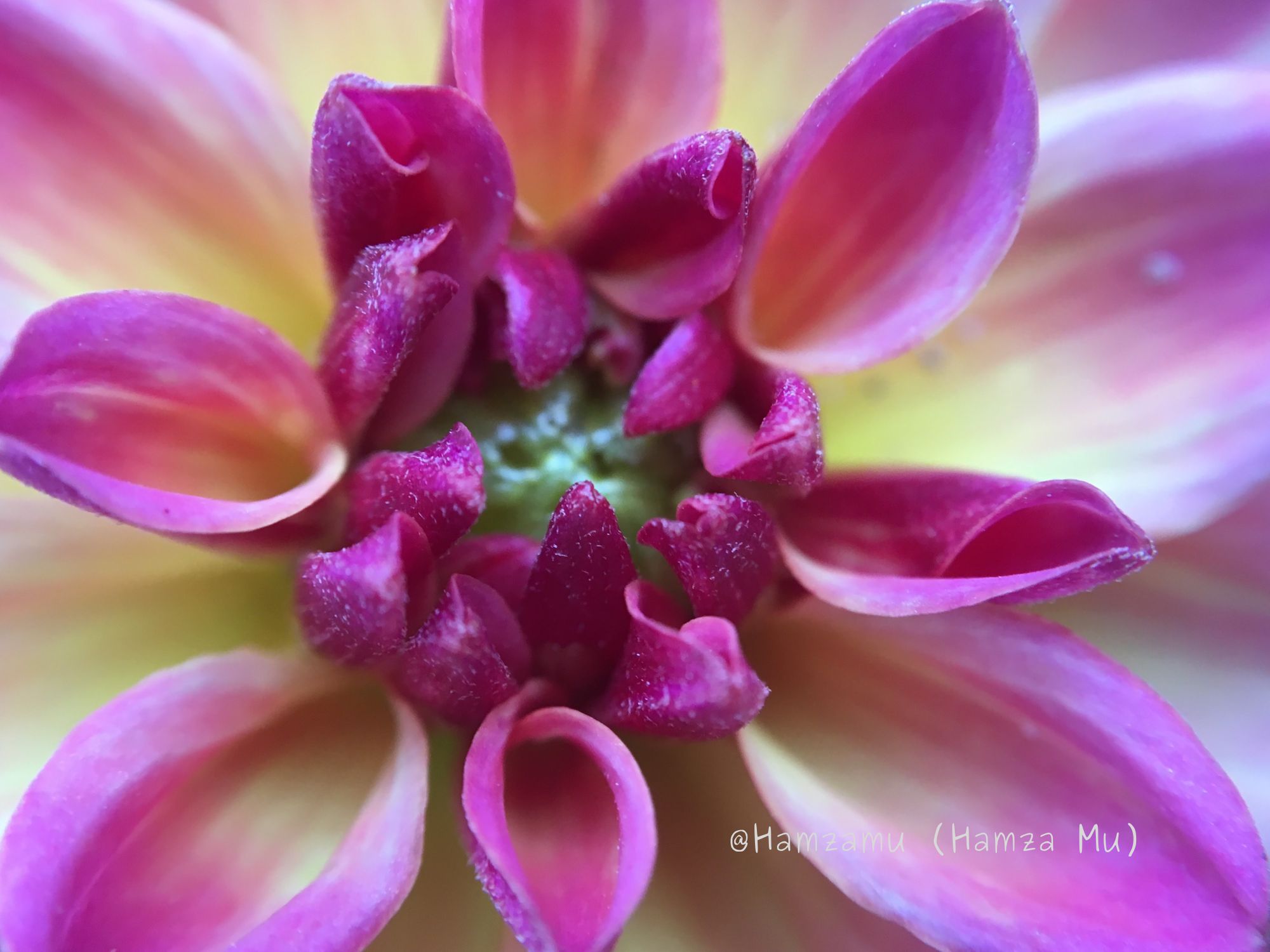
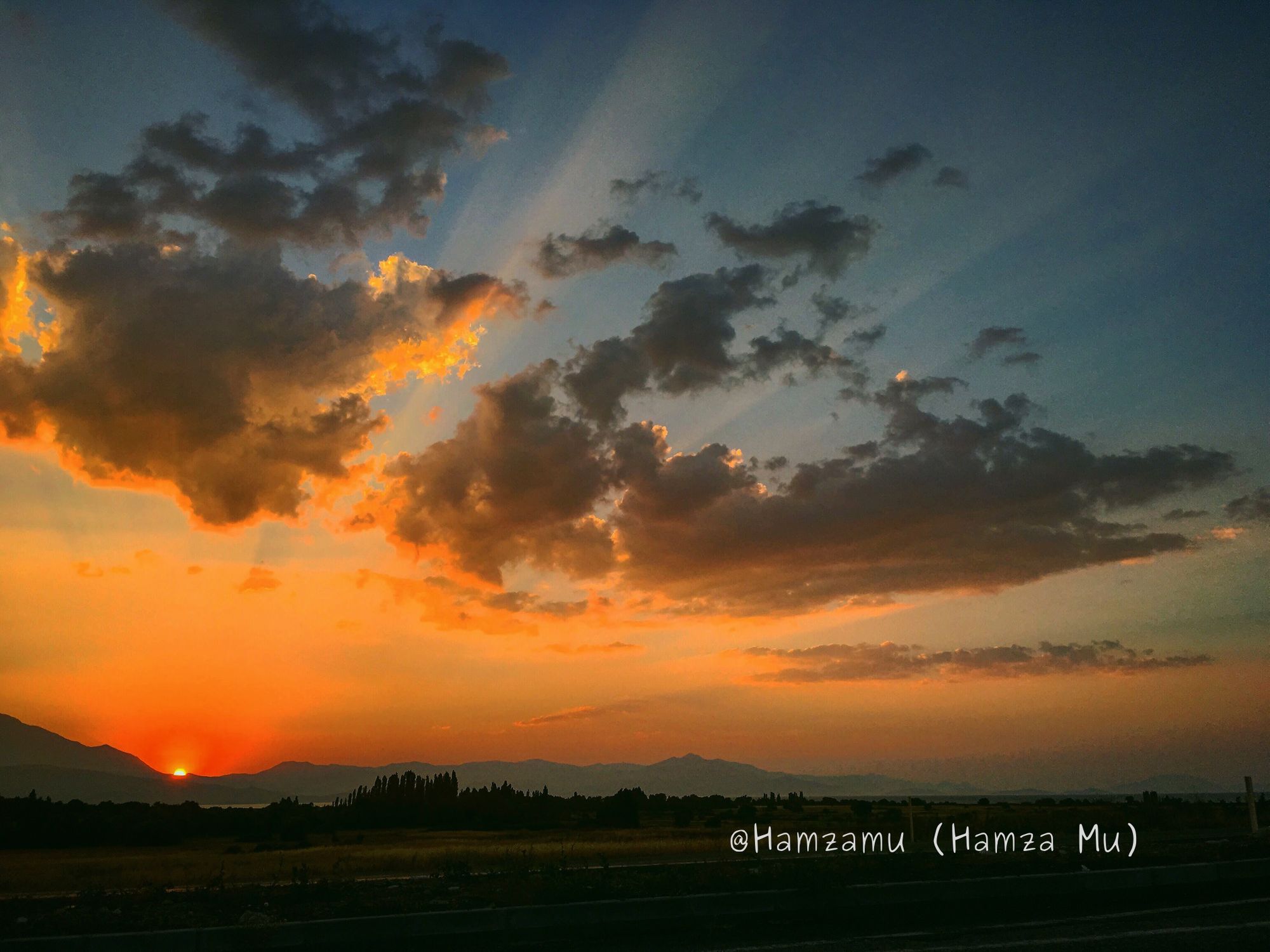
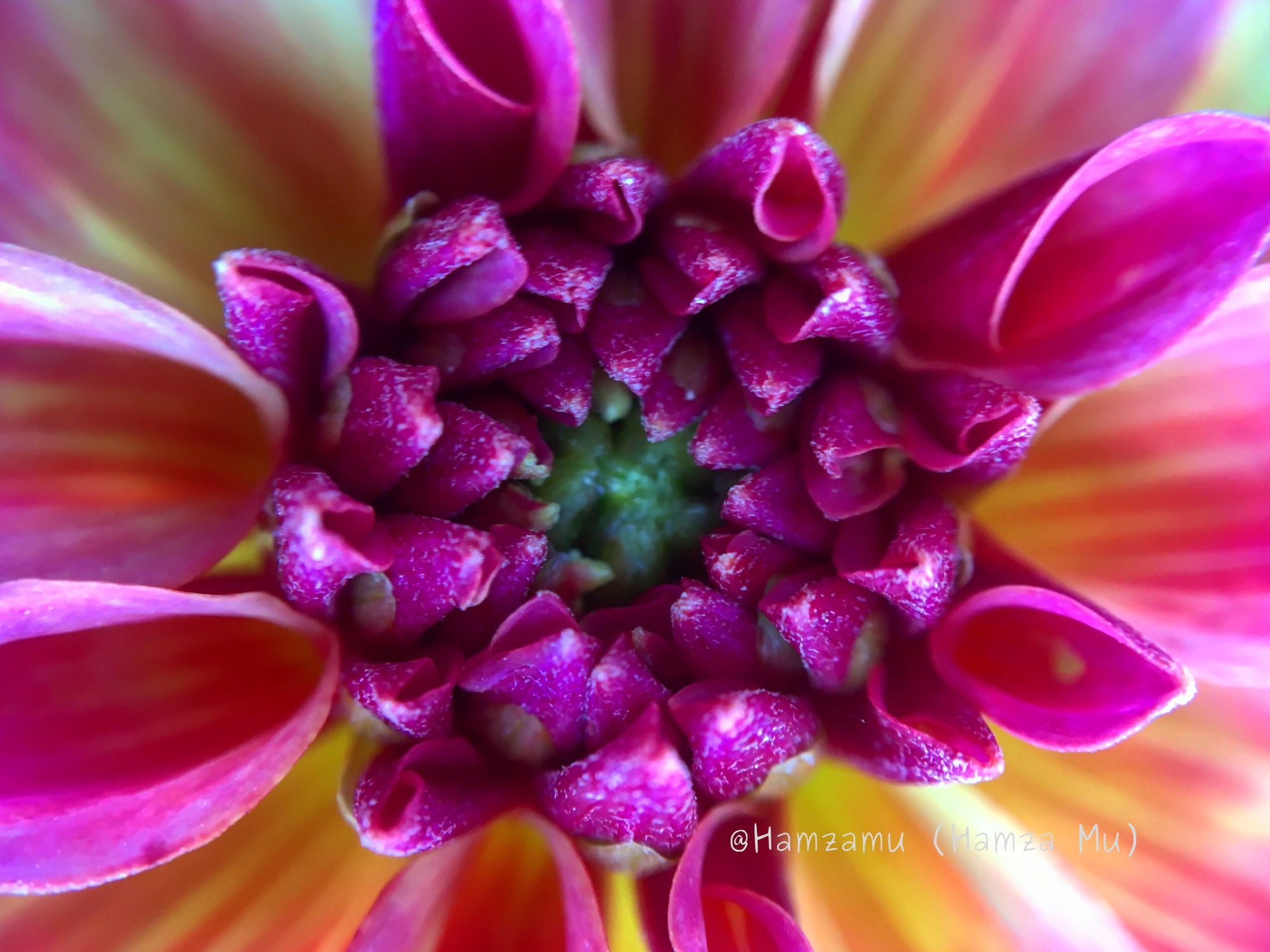
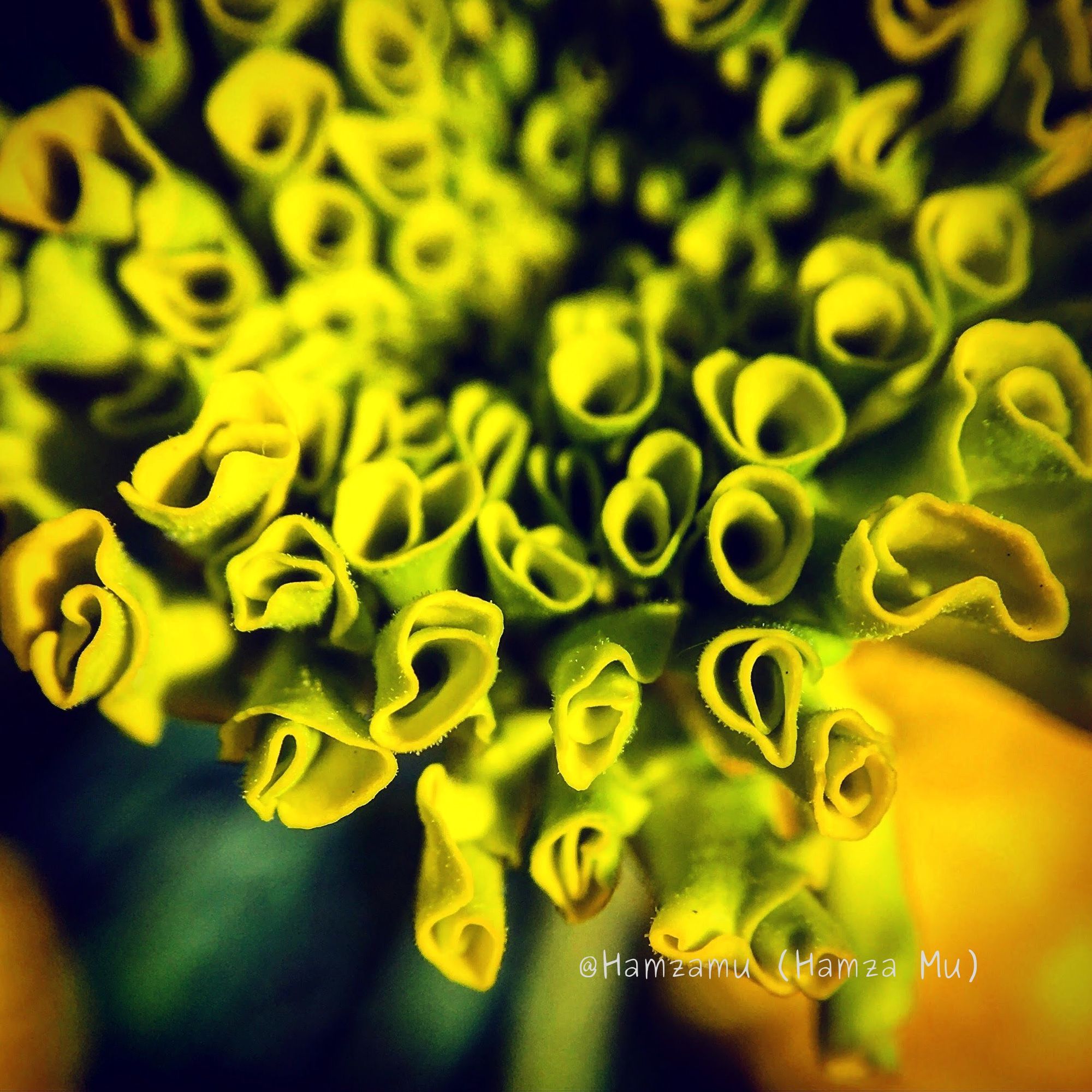

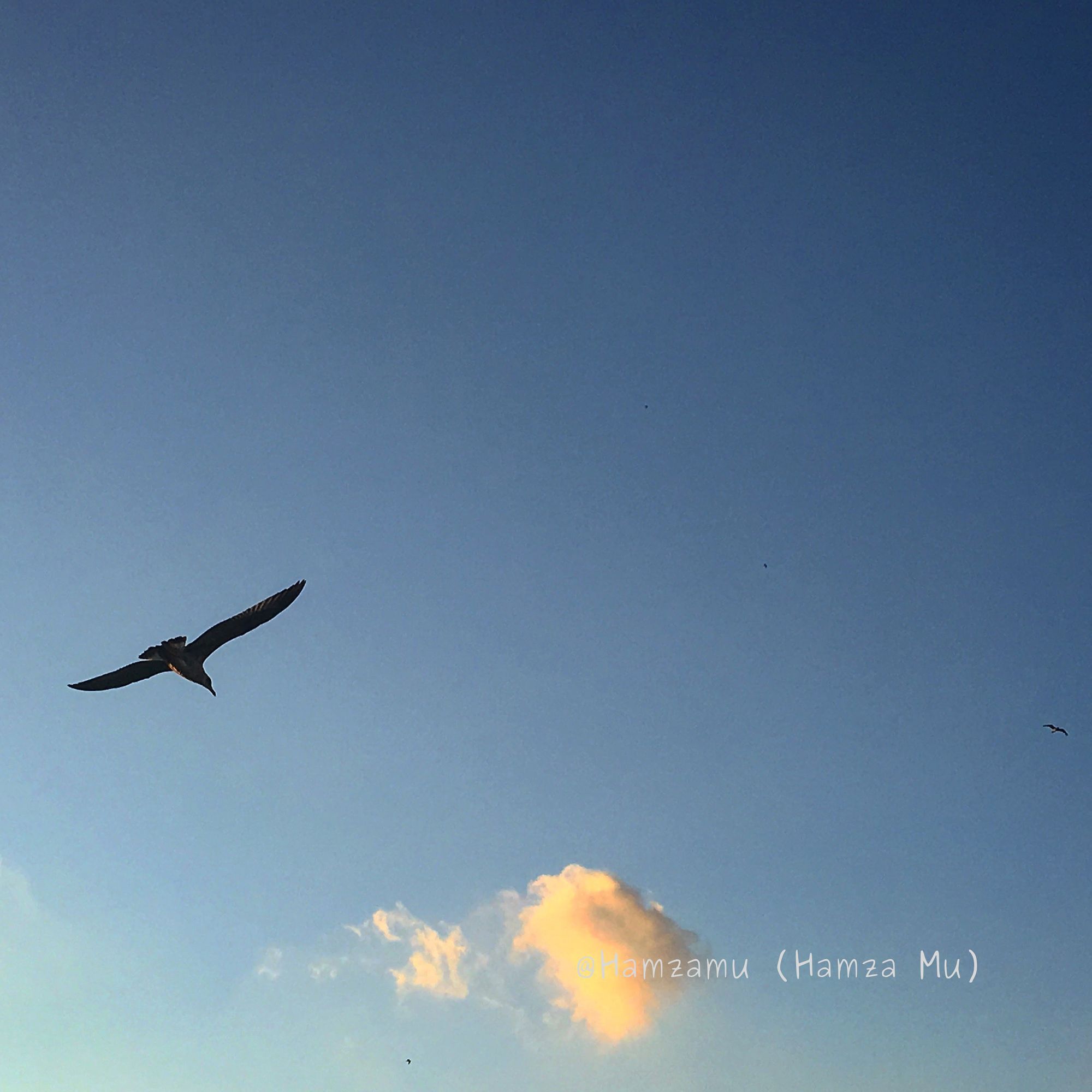

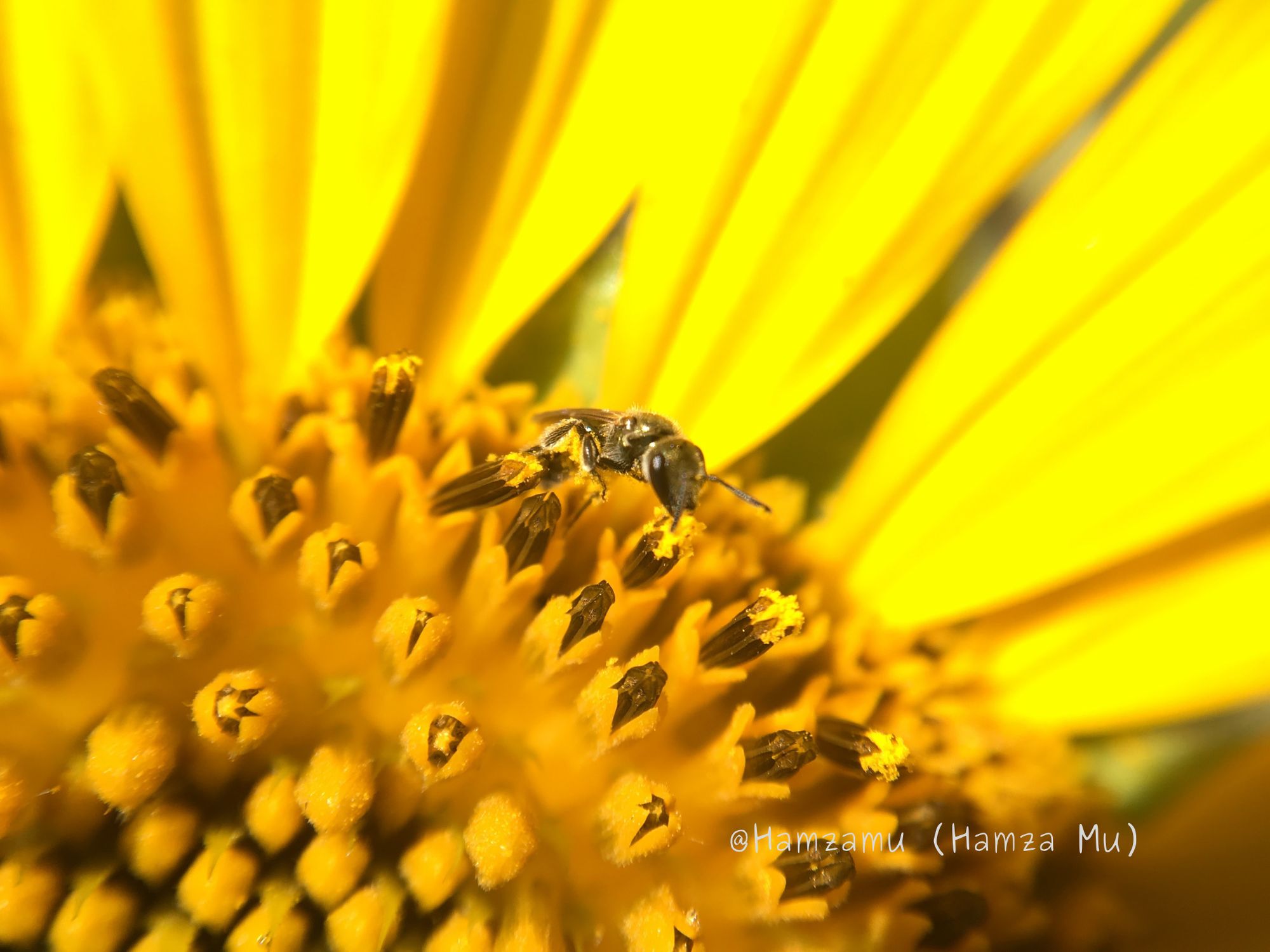


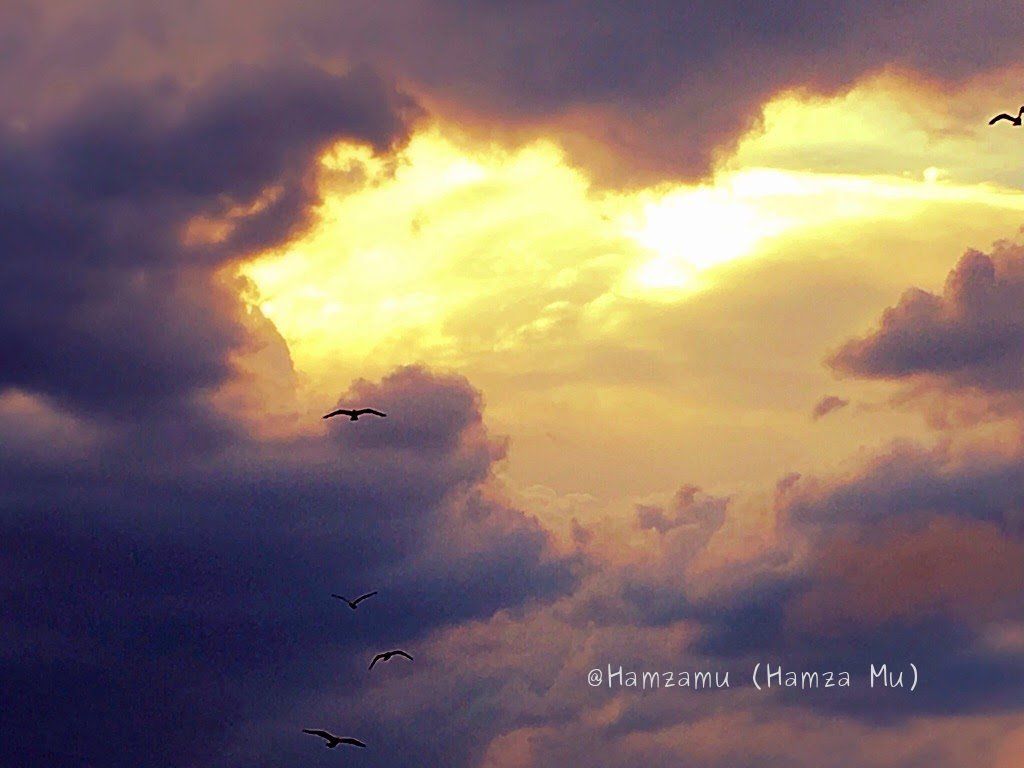
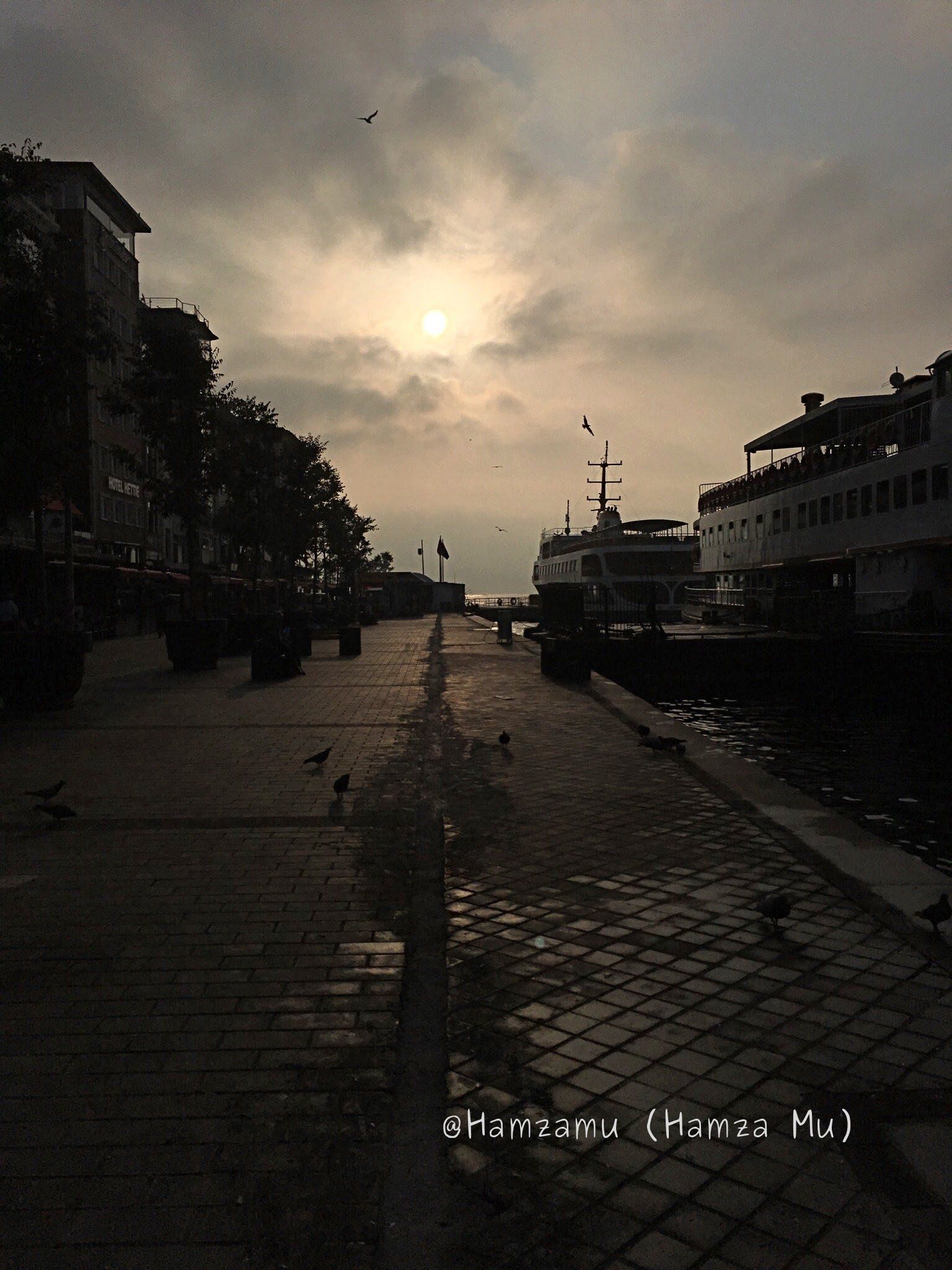
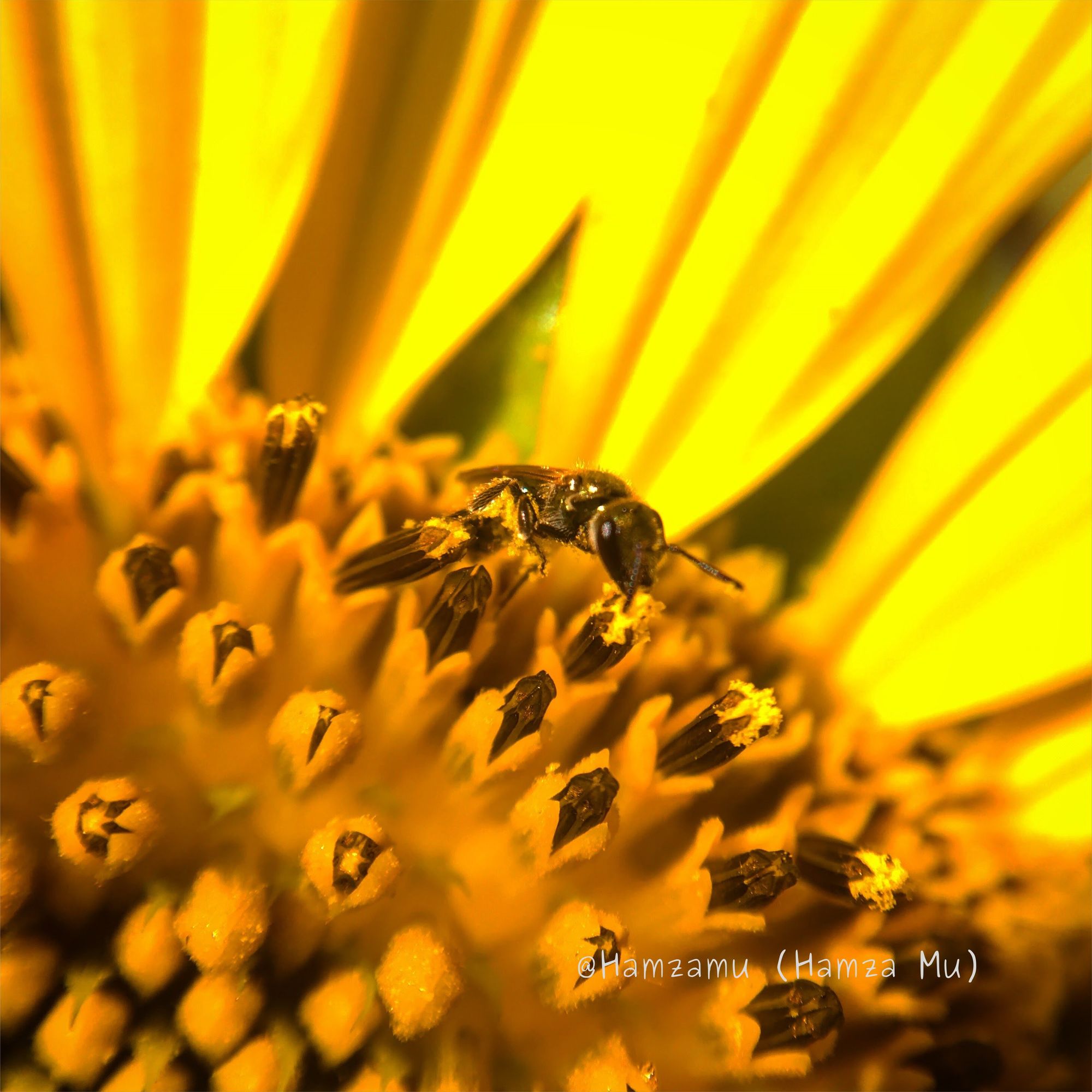
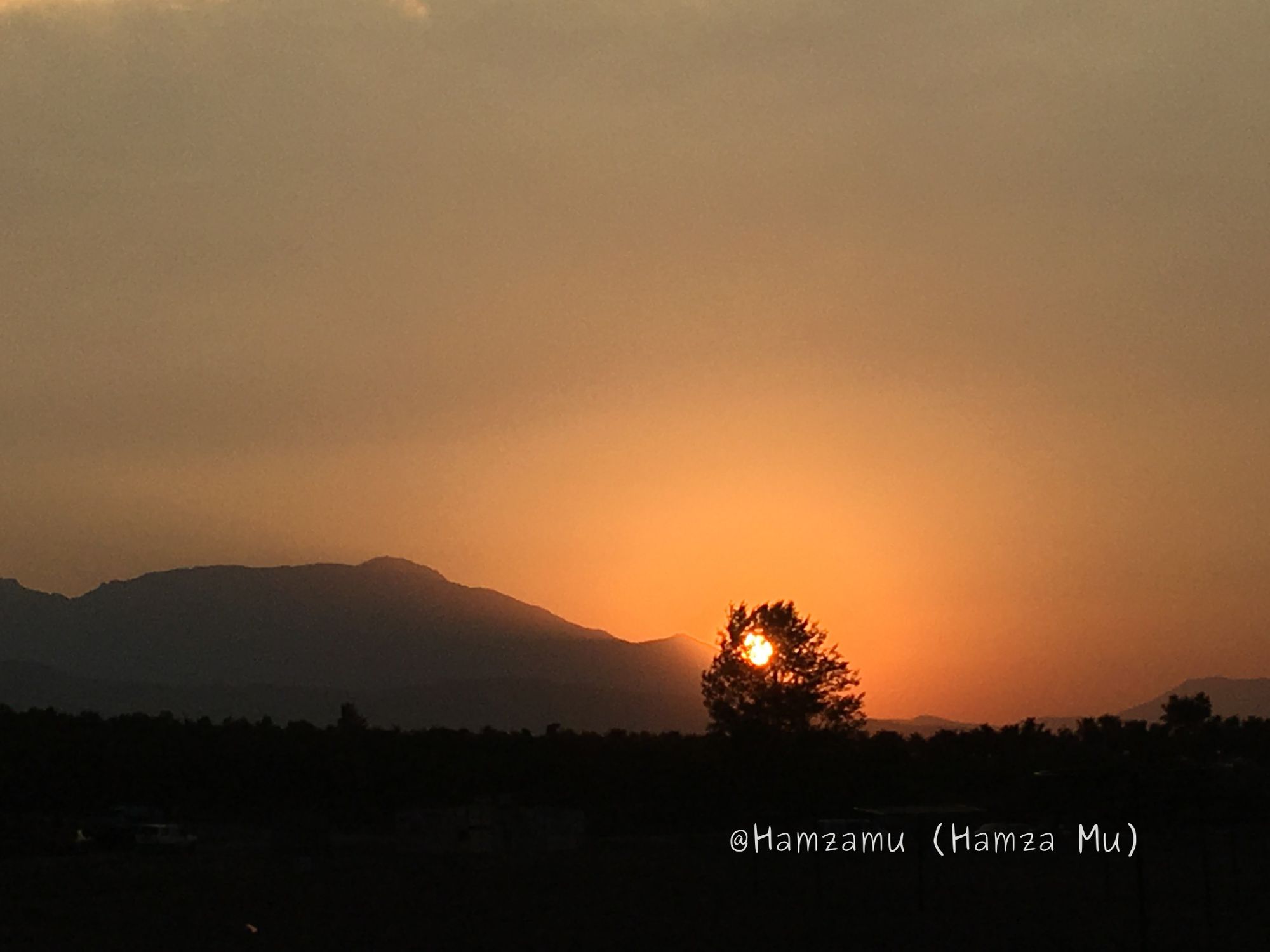

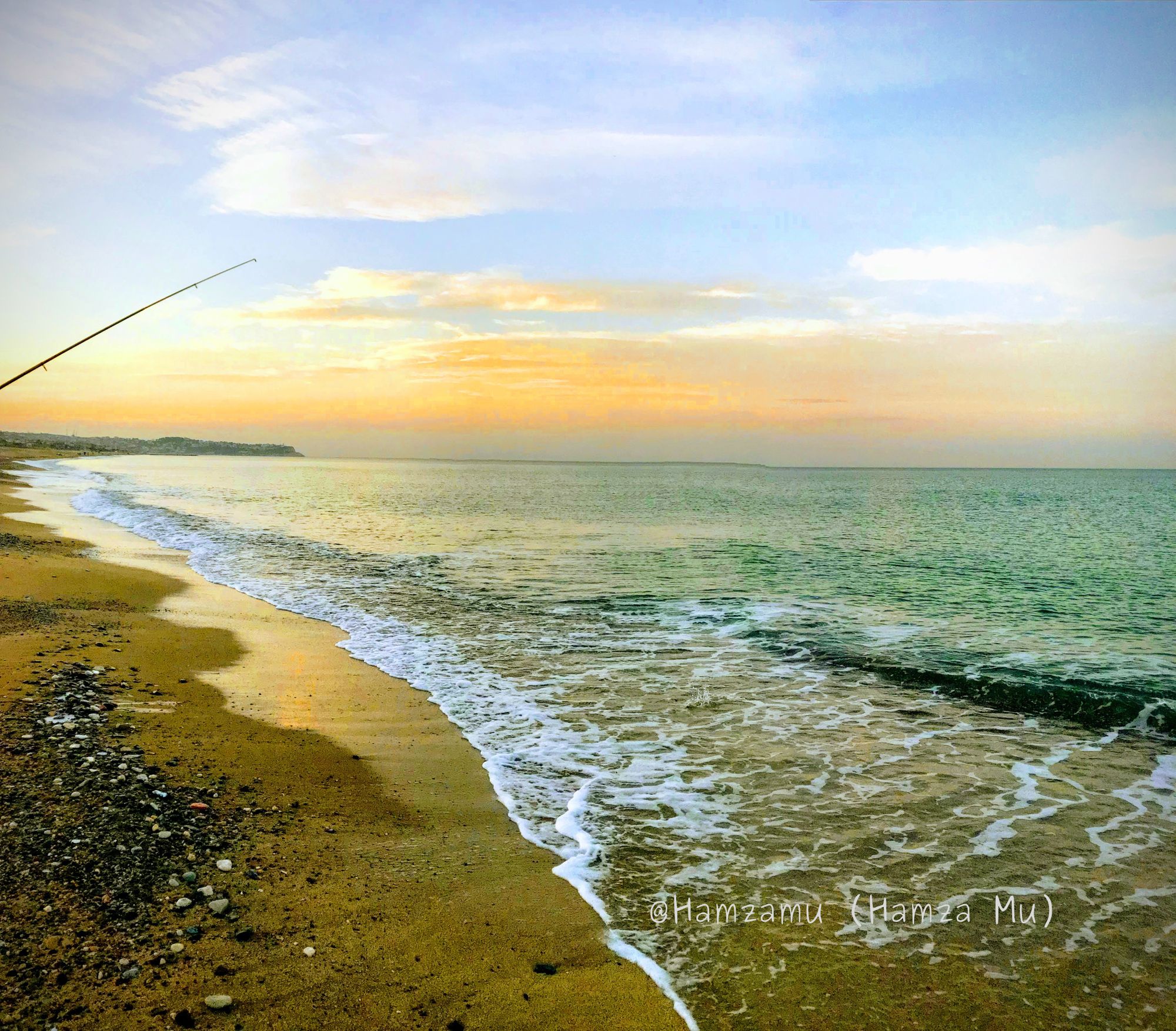
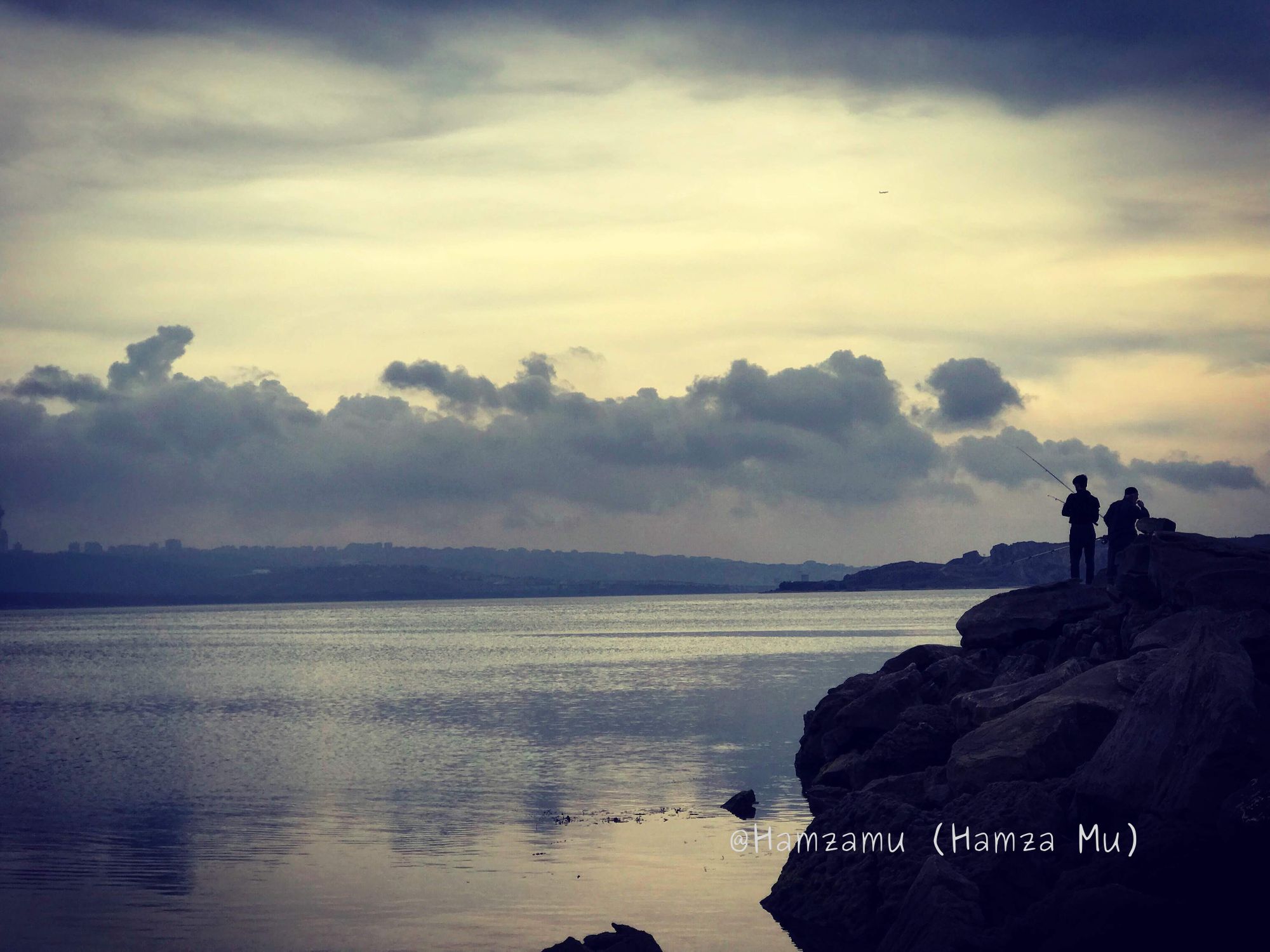
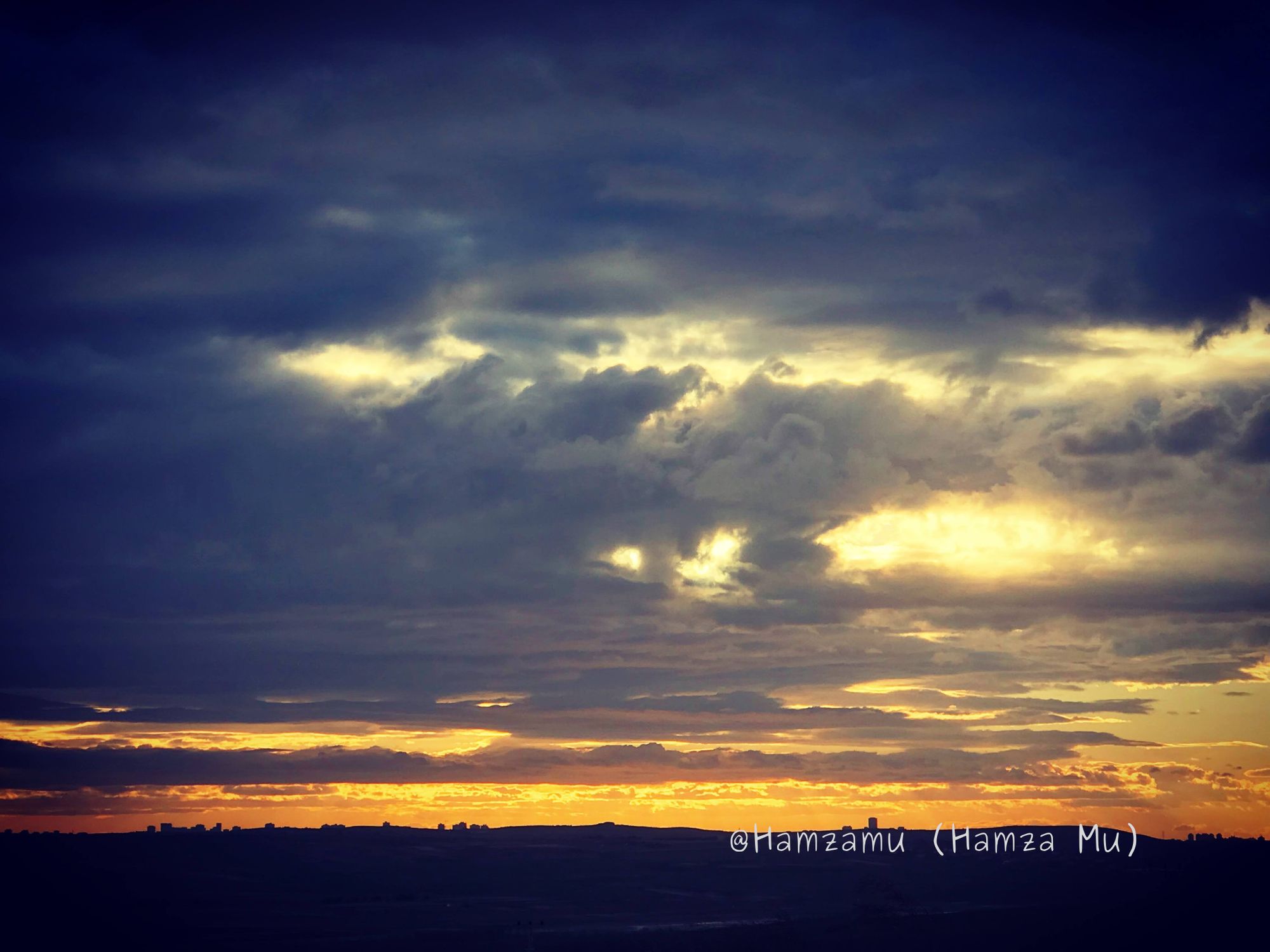
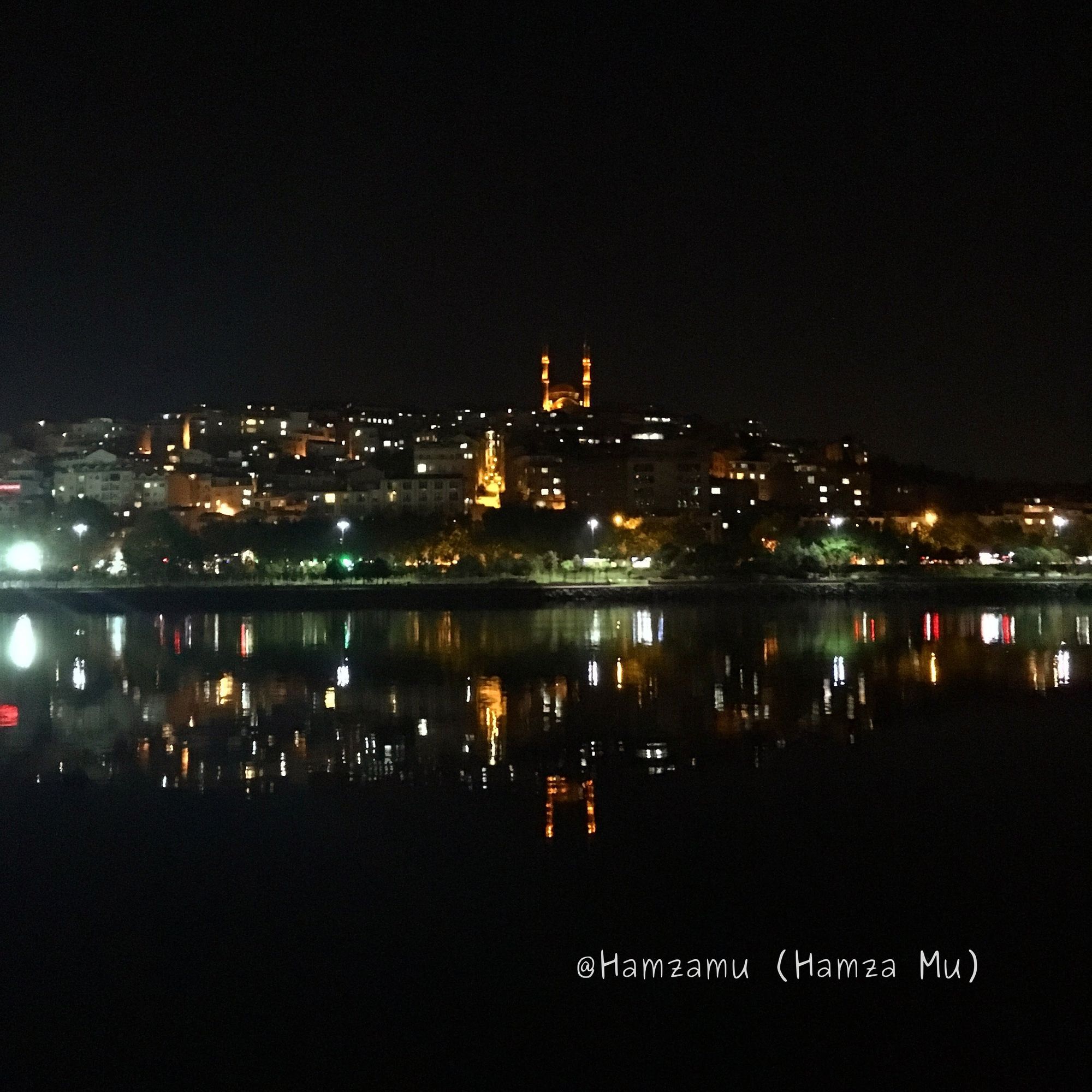


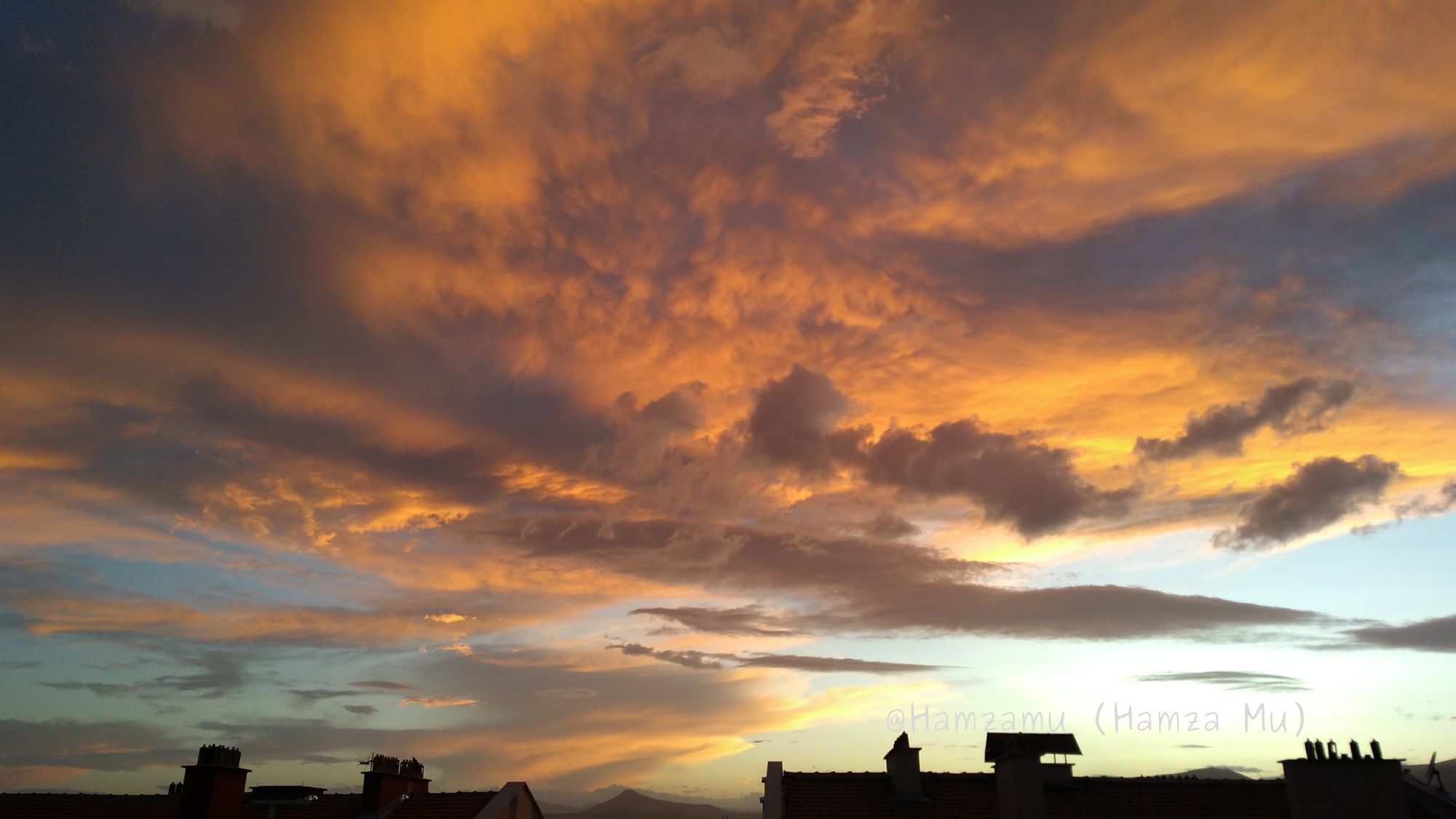
Resources
- Instagram: https://www.instagram.com/hamzamu/
- Shutterstock: https://www.shutterstock.com/g/Hamza+Mou?rid=187242592
